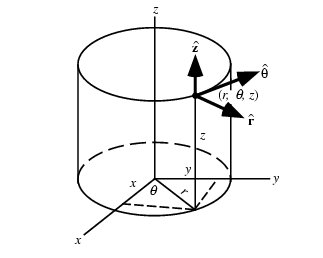- What data do Hare et al use?
The data used was: the Hamby Study of known impressions as a reference database, the random forest model software, and two other R packages – x3pr and bulletr, developed by Hoffman and Hare. Data was collected using 3D topographical images of each bullet. Each bullet has a set of 6 land-to-land scans.
- In what ways do the methods used by Hare et al differ from the “traditional” methods of bullet matching?
Traditional methods involve using a comparison microscope in which the bullets are rotated manually and striations are compared against each other. The standard practice has been established by identifying matching thresholds however lately, these methods are being scrutinized on their reliability. Hare et al. uses an algorithm approach utilizing the 3D topographical image reference database (Hamby Study) to calculate the distances between the peaks (land impressions). This is done for the known and unknown matches from which the distinguishable differences are used to establish test and train models using the random forest package. Predictions on the probability of bullets matching then can be determined for accuracy.
- How do Hare et al use clustering to help perform bullet matching tasks?
Hare et al. do not specifically state that they are using clustering but by implication, this would be the grouping of the data of displaying matching characteristics (land impressions) of the known matches versus the characteristics of the unknown matches.
- Identify one statistics and/or probability concept in the presentation that you have not heard of before. Do a little bit of research (Googling/Wikipedia is ok) and try to describe it to someone who doesn’t know about it. You should also consult this paper to see if there is more detail on your chosen topic than is presented in the webinar. (Hint: Control + F is useful…) You don’t need to read the whole paper.
Cylindrical fit, also known as cylindrical interference fit, is the application of equations on a 3-D image to determine the distances between the areas where pressure was applied and the resulting mark was left. This would be the land impressions (striations) on the bullet as it traveled through the gun barrel. The steps in the process include: taking the surface measurements of the bullet (at a fixed height within a cross section) with a referenced center and estimated radius. Using the software, the center and radius are estimated using the least squares approach. This is similar to finding the best fit line on a linear regression. Since a singular cylinder fit does not provide a particularly good fit because of possible deformations, several cylindrical fits are calculated to show the characteristics from the different cross sections.

Further Information
http://www.nlreg.com/line3d.htm
http://www.nlreg.com/cylinder.htm